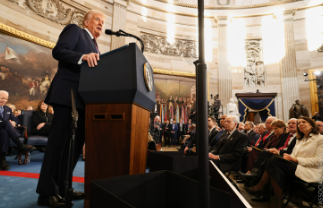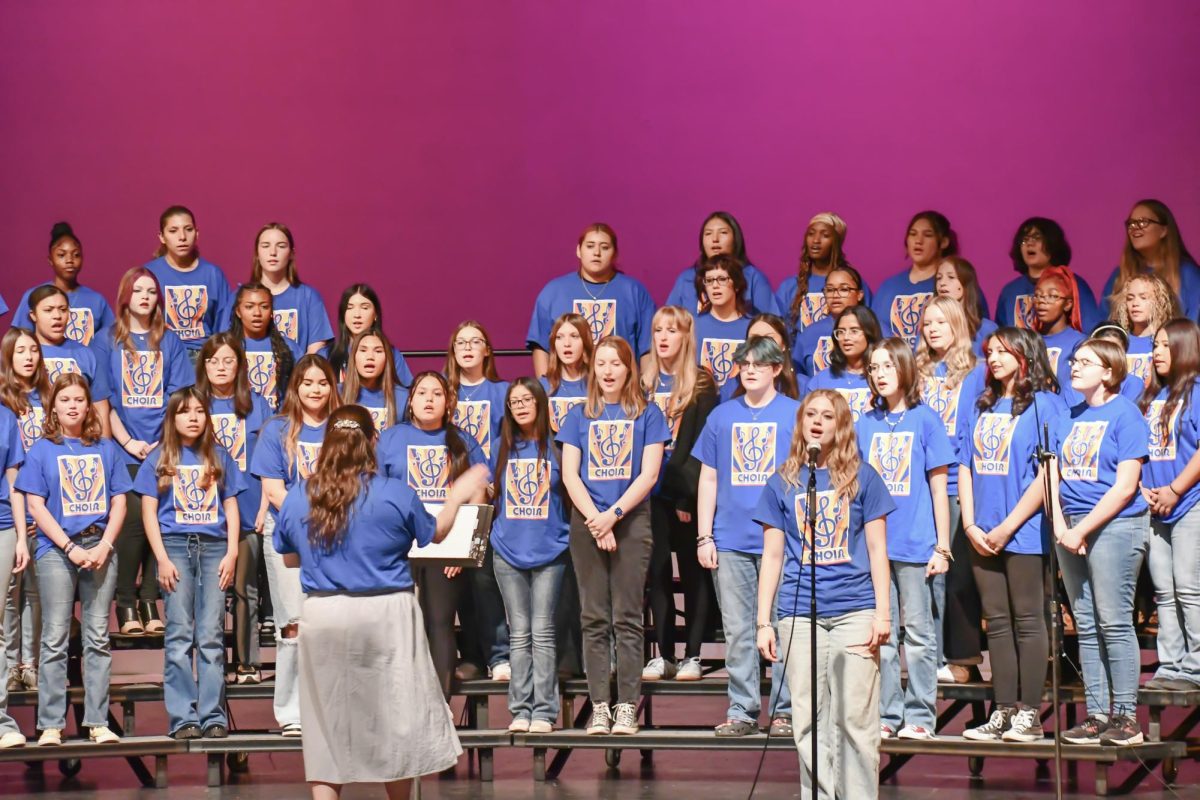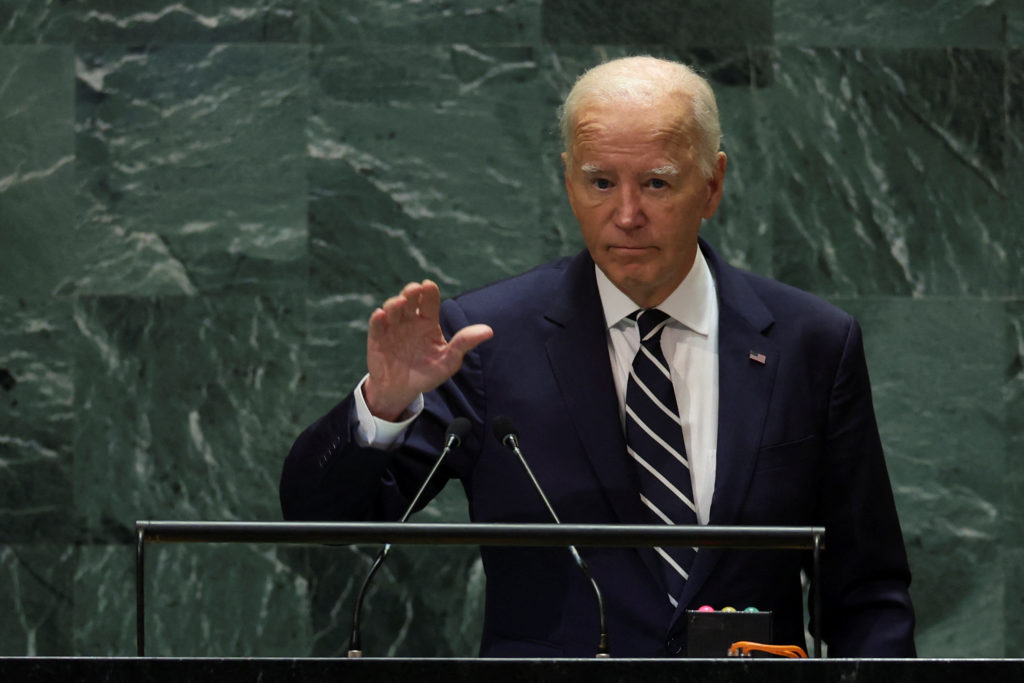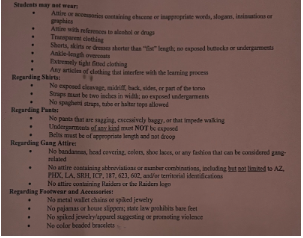Foreign Language Education in America

December 14, 2022
The world as we know it contains approximately 6,500 different languages. Each is unique in that they express and describe their emotions; however, American school systems fail to provide adequate foreign language classes.
It would seem that most states and school districts do not really view foreign language as a requirement, rather they do not deem it worth any importance. According to Olivia Mouradian, author of The Michigan Daily, numbers show that only 20% of K-12 students actually learn a foreign language. After high school, the chances of getting a foreign language class are even lower as there are only 7.5 enrollments out of 100 students at American colleges.
Regardless of the decline in Foreign Language enrollment, there is still a huge demand for bilingual people in the U.S. The want for bilingual employees has more than doubled between 2010 and 2015. This increase in demand is reasonable though. Companies in America lose over $2 billion annually because of cultural or language misunderstandings. American companies compensate employees with an additional $67,000 to $128,000 over their lifetime due to their language skills.
Beyond the financial advantages, there are more prominent mental and cultural benefits to knowing another language. Language skills help with memory and the aging brain, reducing the chances of Alzheimer’s and dementia. Culturally, it is a necessity for communication.
Foreign language classes should be normalized in the U.S., specifically at a young age because most students are not offered an opportunity until middle school or high school. It is both helpful and beautiful to learn another language that is not your own.








































